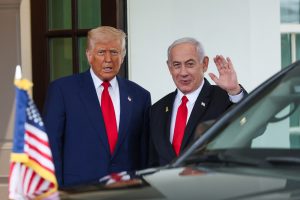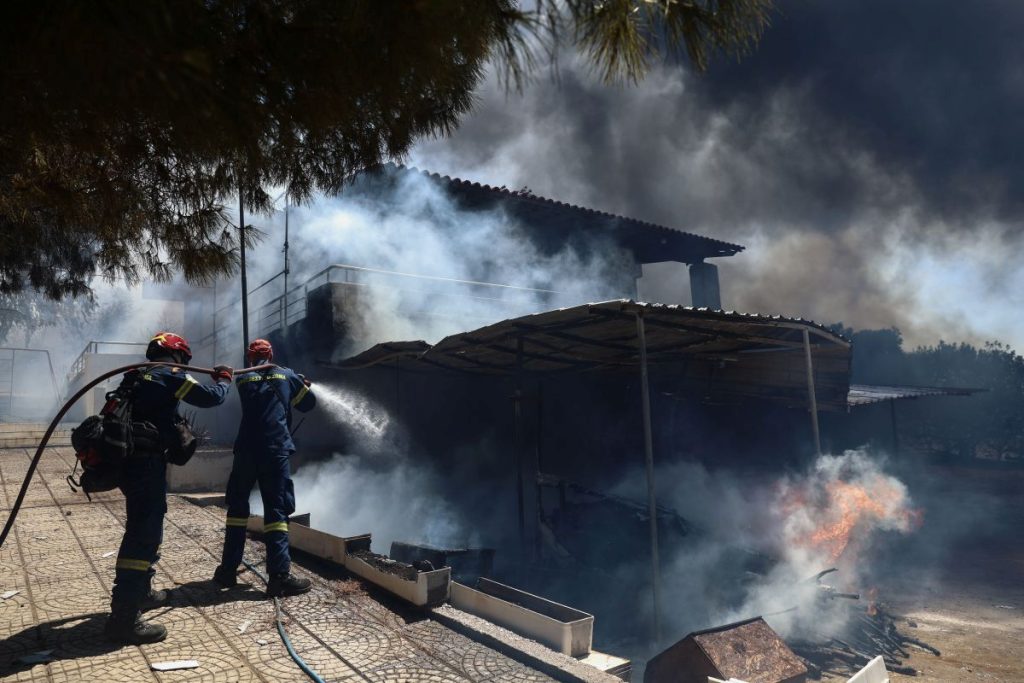The recent U.S. airstrikes on Iran, launched amid a volatile conflict between Tehran and Tel Aviv, failed to eliminate Iran’s nuclear capabilities, according to an initial intelligence assessment by a U.S. defense agency. The report contradicts earlier claims by President Donald Trump, who had said the strikes had “obliterated” Iran’s nuclear infrastructure.

A satellite image shows damage to the tunnel entrances of the Isfahan Nuclear Technology Research Center, following U.S. airstrikes amid the Iran-Israel conflict, in Isfahan, Iran, June 22, 2025. Maxar Technologies/Handout via REUTERS THIS IMAGE HAS BEEN SUPPLIED BY A THIRD PARTY. NO RESALES. NO ARCHIVES. MANDATORY CREDIT. DO NOT OBSCURE LOGO.
The airstrikes, which targeted uranium-enrichment facilities and involved the deployment of 30,000-pound bunker-buster bombs, appear to have inflicted only limited damage. As reported in Reuters, According to sources familiar with the Defense Intelligence Agency’s assessment, entrances to two facilities were sealed, but the underground buildings remained largely intact, and some centrifuges were still operational. Iran’s enriched uranium stockpiles also remained largely untouched.
Fragile Ceasefire
The U.S. had joined the Iran-Israel conflict after nearly two weeks of escalating hostilities, culminating in a wave of missile exchanges. Israel had launched a surprise offensive on June 13, striking Iranian nuclear sites and killing several senior military commanders. Iran responded with missile barrages that penetrated Israeli air defenses and caused civilian casualties.
Following days of air war, President Trump brokered a tenuous ceasefire between the two countries, which both Iran and Israel have claimed as a victory. Israeli Prime Minister Benjamin Netanyahu declared that the threat of “nuclear annihilation” had been removed. Iranian President Masoud Pezeshkian, meanwhile, hailed the ceasefire as a “great victory” and indicated Iran’s willingness to resolve tensions with the U.S.
Despite the ceasefire, both nations traded accusations of violating the truce in its early hours. Trump, expressing frustration, criticized both sides—but aimed particularly harsh words at Israel for continuing strikes after the deal had supposedly taken effect.

Delegates attend a meeting of the United Nations Security Council, following U.S attack on Iran’s nuclear sites, at U.N. headquarters in New York City, U.S., June 24, 2025. REUTERS/Brendan McDermid
At the United Nations, the U.S. officially described its strikes as having “degraded” Iran’s nuclear program—dialing back from the President’s more aggressive language.
Civil Life is Resumed
Civilian life is slowly resuming in both countries. Israel lifted its nationwide security restrictions and reopened Ben Gurion Airport, while Iranian state media reported that airspace closures were ending. Still, military leaders on both sides signaled that tensions remain high, and further conflict is possible.
Casualty figures underscore the conflict’s toll: Iran reported 610 deaths and nearly 5,000 injuries from Israeli strikes, while Iran’s retaliatory attacks killed 28 in Israel.
The ceasefire, though welcomed by global markets, remains fragile—held together more by diplomatic urgency than lasting trust.







